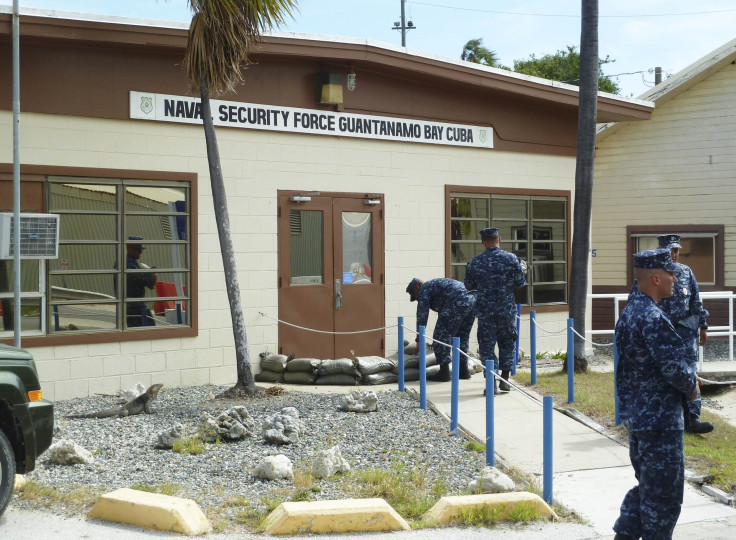Amid Prisoner Purge, Guantanamo Bay Releases Saudi Arabian From Cuban Detention Center

A Saudi citizen held in the Guantanamo Bay U.S. detention facility for nearly 14 years was released Monday to his home country, despite having previously been designated as an inmate who might never be freed as long as the prison remained. Muhammed Abd Al Rahman Awn Al-Shamrani, 40, was sanctioned for release from the U.S. Navy base in Cuba by the Periodic Review Board and sent back to Saudi Arabia, according to a Pentagon press release.
Al-Shamrani was captured by U.S. forces in Afghanistan in 2001. He is the fourth inmate to be released in less than a week after two Yemeni prisoners were sent to Ghana and a Kuwaiti was allowed to go home last week.
The Riyadh-born captive, who never faced trial or charges in his nearly 14 years of detention, was alleged to have been operating for either al Qaeda or the Taliban, but he always contended he was a charity worker bringing relief to hungry people in Afghanistan.
Pentagon says it repatriated Saudi man from Guantanamo military prison, leaving 103 detainees at facility - @Reuters https://t.co/swAY04tssY
— Breaking News (@BreakingNews) January 11, 2016Until his release, Al-Shamrani was considered as “forever prisoner,” which is someone deemed too innocent to face charges, but too dangerous to be released.
The prison at Guantanamo Bay was set up in January 2002 following the Sept. 11, 2001, terror attacks and the invasion of Afghanistan just a month later. In the 14 years the jail has been running, more than 770 men had been held captive for review of their possible role as "enemy combatants."
President Barack Obama, who will leave office in January 2017, had promised to close the camp before he leaves the Oval Office, but strong opposition from the Republican majority in Congress has made it increasingly difficult.
In the last year, detainees at the prison have been released under various conditions to countries all over the Middle East as well as South America and Africa.
After Al-Shamrani’s release, 103 detainees remain at the camp, according to government records.
© Copyright IBTimes 2024. All rights reserved.












